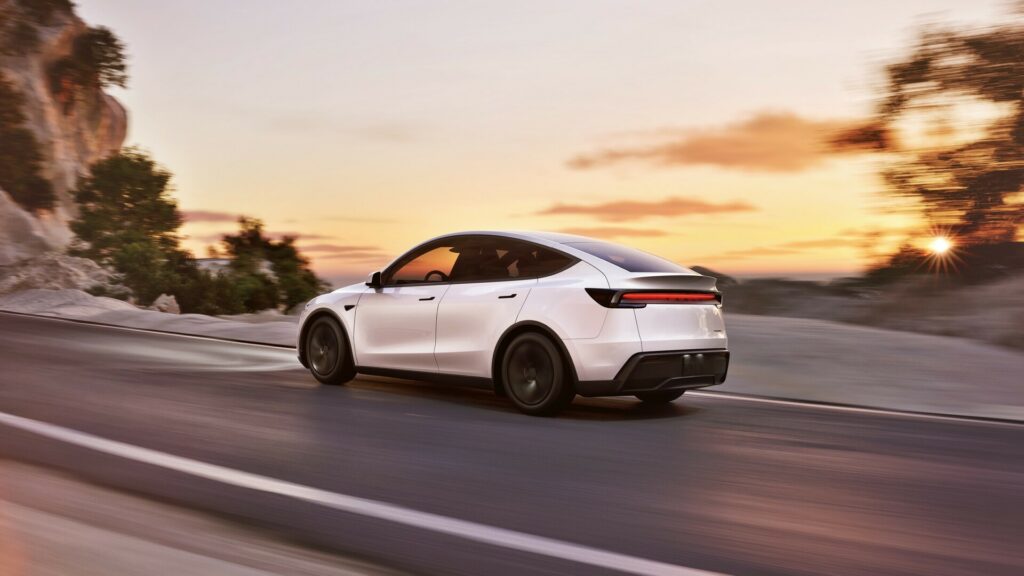Come On BMW, You Know You Want To Build An i4 Coupe

- BMW could introduce a two-door i4 Coupe EV by late 2028.
- These renderings show the car with Neue KIasse design cues.
- It’s possible an i4 Convertible could follow up on this model.
BMW is deep into one of the most ambitious product overhauls in its history. Over the next few years, dozens of new or comprehensively reworked models are set to arrive, and among them may be something rather special: a two-door i4 Coupe.
Also: Designers Are Doing What Honda Won’t With The S2000
Believed to carry the internal codename NA2, this sleek coupe is expected to serve as the all-electric successor to today’s 4-Series Coupe, provided it receives final approval for production. It could even pave the way for an i4 Convertible, reportedly called the NA3.
The renderings shown here offer a glimpse of how that future might look in coupe form.
Created by Sugar Design, these illustrations envision the two-door i4 adopting the styling cues of BMW’s recent Neue Klasse concept cars, albeit made to look even classier.
The front end stretches long and low, framed by sharp headlights and slender kidney grilles. Though the new model will be offered solely as an EV, it’s hard not to imagine what sort of combustion engine BMW might have tucked beneath that hood in another era.
There’s a lot to like about the sides, too. As a two-door, it instantly looks better than the four-door Vision Neue Klasse that was unveiled two years ago. The rear also looks pretty neat, sporting thin horizontal LED taillights.
What Do We Know About The i4 Coupe?

Talk of a two-door i4 first surfaced last year, with reports suggesting the car had already been given the go-ahead for production starting in the latter half of 2028, likely sharing most of its parts with the upcoming i3 Sedan. That timeline, however, may not be set in stone.
With the global auto market shifting rapidly, BMW could easily adjust its schedule, or even its entire strategy, before the car reaches showrooms.
More: Audi A4 Returns As EV With Concept TT Styling To Give BMW Something To Worry About
There’s also a broader question of timing. The market for new EVs has cooled from early expectations in the States, BMW’s most crucial market, and two-door models typically attract smaller crowds even when there’s a combustion engine under the hood.
For BMW, launching an electric coupe right now would be less about market logic and more about image. It’s the kind of car built to make a point rather than a profit. Whether that’s enough to make the NA2 a reality will depend on how the next few years play out.










































